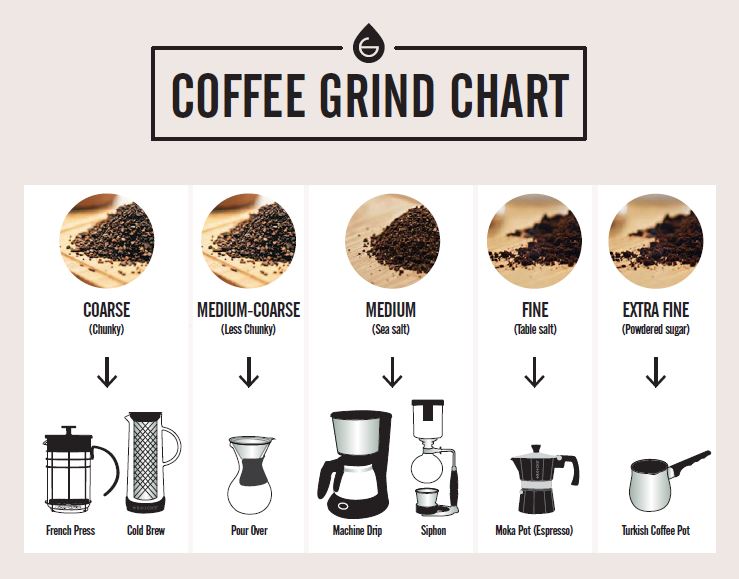When I first began crafting espresso at home, I quickly realized that the grind size is just as crucial as the quality of your beans or the reliability of your machine. The grind directly impacts the taste and texture of your espresso. After numerous experiments, I’ve uncovered some valuable insights to help you achieve the perfect grind. Discover the innovative features in the DeLonghi Magnifica Evo review
Espresso is adored for its concentrated and bold flavors. Achieving that perfect shot requires precision across various factors: choosing premium beans, using a dependable espresso machine, regulating water temperature, applying the right pressure, and, of course, mastering the grind. If the grind is too coarse or too fine, the result can be an espresso that’s either sour and weak or bitter and overpowering. Learn about the timeless design in the DeLonghi Magnifica S review
So, what is the optimal grind size for home espresso? Let me share what I’ve learned through trial and error. Explore our top picks in the Best Automatic Espresso Machine review
Understanding Why Grind Size is Crucial for Espresso
The brewing process involves hot water passing through coffee grounds, extracting flavors, aromas, and body to create a unique espresso experience. Grind size is critical for proper extraction. Unlike brewing methods such as French press or pour-over, espresso demands a very fine grind. The key lies in finding the right balance:
- Grind Too Coarse: Water flows too quickly through the grounds, leading to under-extraction and a weak, sour shot.
- Grind Too Fine: Water struggles to flow, causing over-extraction and an intensely bitter taste.
How to Identify the Ideal Grind
Through my personal experimentation, I’ve found that the best grind for espresso has a texture similar to fine sand. It shouldn’t be as powdery as flour, nor as coarse as salt. When you pinch it between your fingers, it should feel slightly gritty while still clumping together. Find the perfect machine to beat the heat in the Best Iced Coffee Maker review
Consistency is essential, and a burr grinder is the best tool for achieving this. Unlike blade grinders, which produce uneven grounds, burr grinders deliver a uniform grind, ensuring balanced extraction and superior flavor in every shot. Dive into the best options for making lattes in the Best Latte Maker review

Adjusting the Grind for Your Espresso Machine
Each espresso machine operates differently, so it’s important to fine-tune your grind size to suit your specific machine. Here’s what I keep in mind:
- If the Shot Pulls Too Quickly (Under 20 Seconds): The grind is likely too coarse.
- If the Shot Pulls Too Slowly (Over 30 Seconds): The grind is probably too fine.
I aim for a shot to pull between 25 and 30 seconds. Also, remember that different coffee beans might require small grind size adjustments. Whenever I switch roasts, I tweak my grinder settings to achieve the best results.
Tips to Maintain Consistent Grind Quality
Consistency is key to crafting great espresso. These tips have been invaluable in achieving the perfect shot:
- Use Fresh Beans: Coffee beans are at their peak flavor within two weeks of roasting.
- Master Your Tamping Technique: Apply even pressure when tamping the grounds to ensure uniform water flow and avoid channeling, which can cause uneven extraction.
- Measure Your Dose: Use a scale to measure your coffee dose accurately. I typically use 18-20 grams for a double shot to maintain consistency.
Experimenting With Grind Size to Explore Flavor Profiles
While a fine grind is standard for espresso, experimenting with grind size can help uncover unique flavor profiles:
- Lighter Roasts: A slightly coarser grind can highlight acidity and bring out sweetness.
- Darker Roasts: A finer grind can enhance the rich, roasted, and chocolatey notes.
Common Mistakes to Avoid
Over the years, I’ve identified several common mistakes that can spoil an otherwise great shot:
- Grinding Too Early: Coffee begins to lose freshness immediately after grinding. I always grind just before brewing.
- Skipping Grinder Maintenance: Regularly clean your grinder to prevent old grounds and oils from affecting the taste of your espresso.
- Using Stale Beans: Even with a perfect grind, stale beans—those older than two weeks post-roast—produce flat and lackluster shots.

Conclusion: Becoming a Home Espresso Expert
Mastering the grind size for home espresso is a journey of trial, practice, and patience. Great espresso starts long before you pull the shot—it begins with choosing the right beans, perfecting your grind, and refining every step of the brewing process.
Over time, I’ve managed to brew espresso at home that rivals the quality of my favorite cafes. There’s something uniquely rewarding about crafting a rich, flavorful shot in your own kitchen.
If you’re just beginning your home espresso adventure, embrace the learning curve. Experiment with grind sizes, observe how your machine reacts, and adjust as needed. With dedication, you’ll soon master the craft and enjoy espresso that perfectly suits your personal taste.
